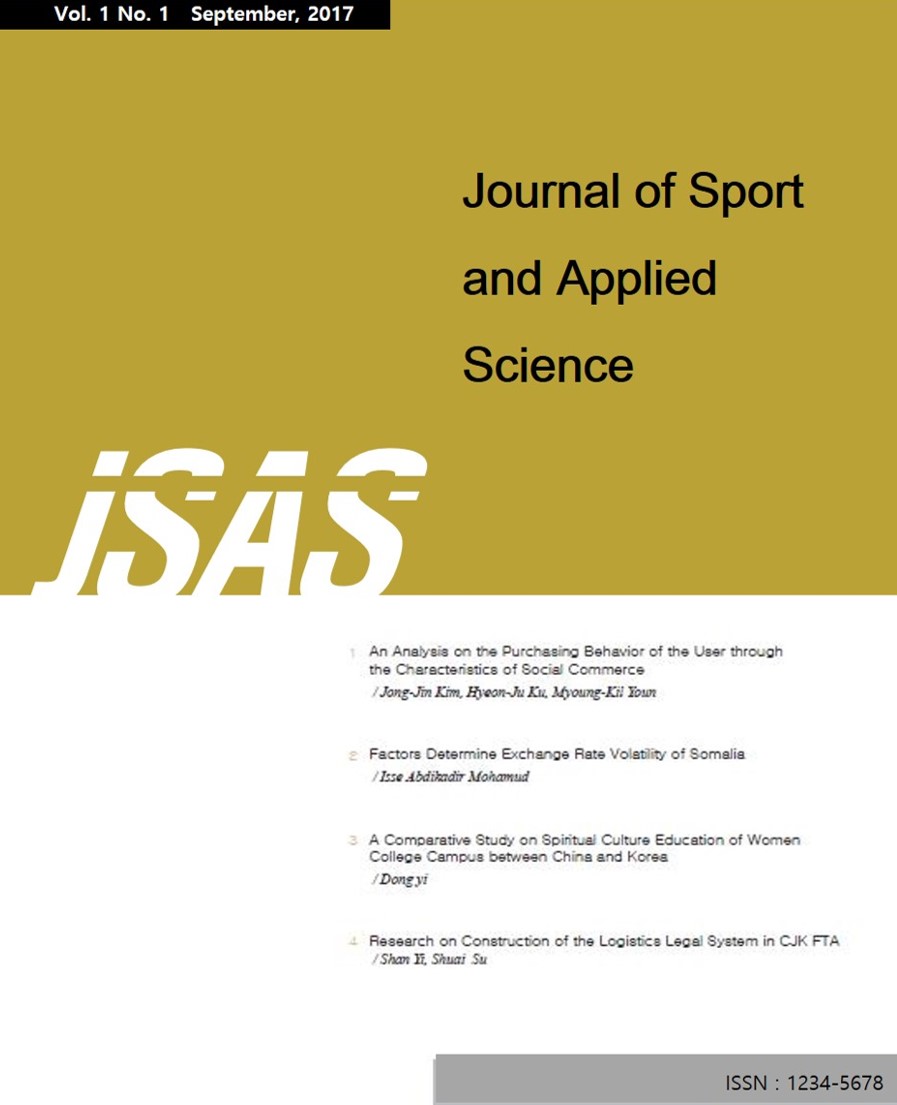 E-ISSN : 2586-6028
E-ISSN : 2586-6028
Jin Wook JUNG
Mun Young HEO
Seung Jin HAN
Abstract
Purpose: This study attempted to investigate the effect of functional rehabilitation exercise for posture correction on physical strength factors and physical balance. Research design, data, and methodology: It consisted of 40 experimental groups that applied functional rehabilitation exercises to 80 people with posture imbalance and 40 comparative groups that performed general exercises, and was conducted four times a week, once for 40 minutes, and for 12 weeks. Results: D.S. (p<.o1) among F.M.S., a moving assessment. It increased significantly from the dictionary, and H.S. (p<.o5). I.L(p<.o5). S.M(p<.o5). A.S.L.R(p<.o5). T.S.P(p<.o01). It was confirmed that R.S. (p<.o5) decreased more after than before. In other words, Functional rehabilitation exercise was effective in improving physical balance. PAPS flexibility (bending forward) (p<.o1). Muscle strength (grip strength test) (p<.o1). Quickness (long jump) (p<.o1). Functional rehabilitation exercise was found to be effective in muscle strength, agility, and flexibility, but not in cardiopulmonary endurance. Pain: Based on the NRS scale (1-10 points). The experimental that there was a significant interaction between the groups.(F=38.583, P=.000). In the comparative group, there was no significant difference in the pre-post, and it was found that the pain level in the experimental group decreased after the pre-post (p<.001). Conclusion: As a result of the above study, it was confirmed that functional rehabilitation exercise improves physical strength factors and physical balance ability, and also affects physical pain reduction due to physical imbalance.
- keywords
- Functional rehabilitation exercise, Posture correction, Correct posture, and Physical Strength Factors
- Downloaded
- Viewed
- 0KCI Citations
- 0WOS Citations













